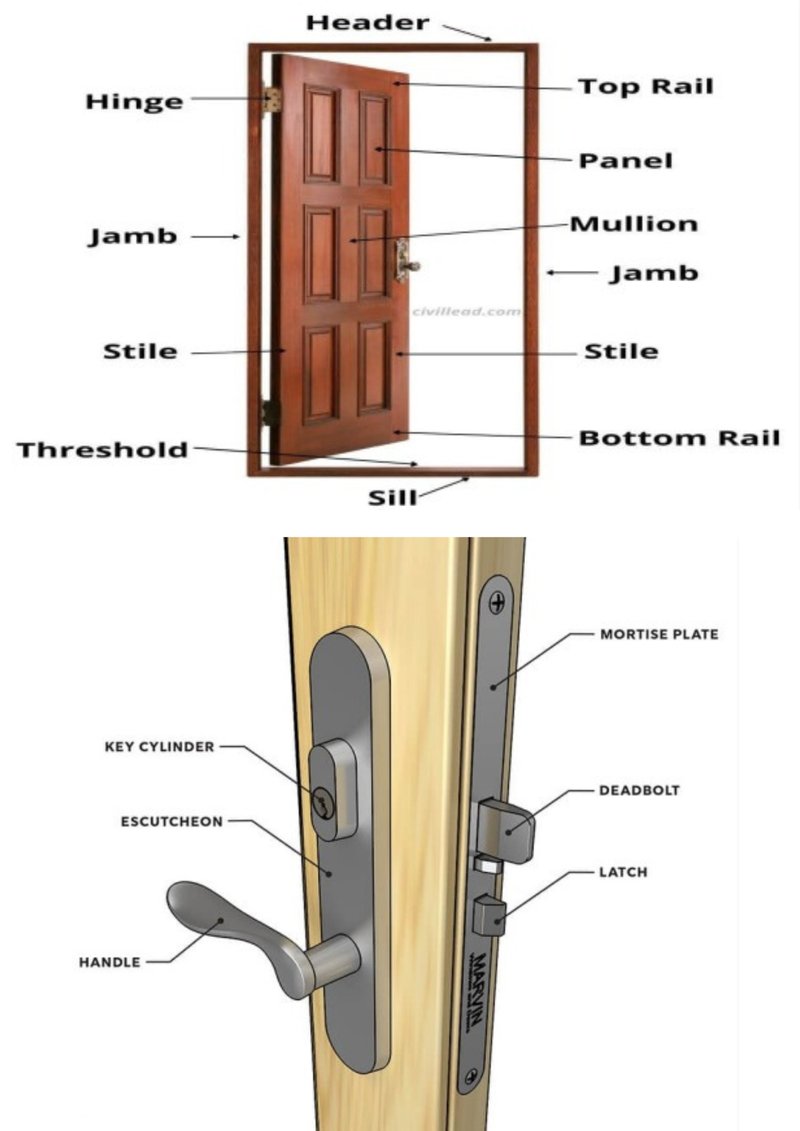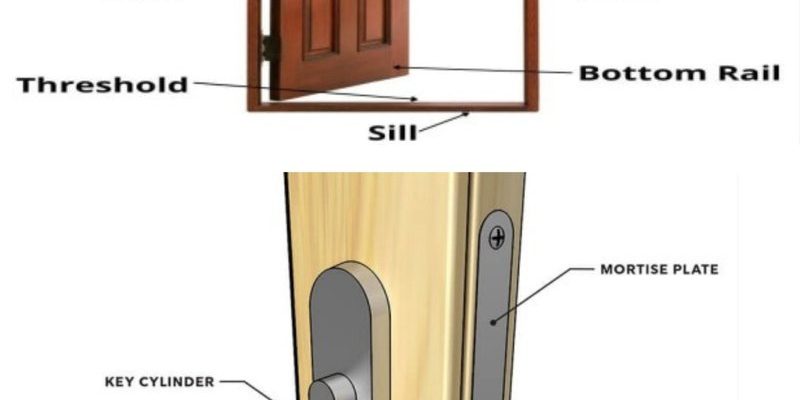
In this guide, we’ll walk through how to perform a straightforward door hardware inspection. You don’t need to be a handyman to get this done; it’s all about being observant and knowing what to look for. Whether you have a traditional knob or a modern smart lock, understanding these basic check-ups can help keep you and your family secure. Let’s dive in and make sure your doors are in tip-top shape.
Why Inspecting Your Door Hardware Matters
First off, let’s talk about why inspecting door hardware is so essential. Every day, we rely on our doors to keep us safe. A sturdy lock, a well-hinged door, and a solid handle can prevent unwanted access and ensure our personal space remains private. Regular inspections help catch wear and tear before it becomes a problem.
Imagine this: you come home late one night, and your door won’t budge. You start to panic. If only you had checked the door hardware earlier! This is the kind of situation inspections aim to prevent. By keeping your hardware in good shape, you reduce the risk of lockouts or security breaches.
Furthermore, your door hardware contributes to the overall aesthetic of your home. Worn-out knobs or a misaligned door can detract from your interior design. A quick inspection can keep everything looking good while functioning well.
Gathering Your Tools
Before you start your door hardware inspection, it’s crucial to gather a few simple tools. You don’t need a full toolbox, just a few essentials to help you evaluate the hardware effectively. Here’s what you might need:
- Screwdriver: A Phillips or flathead screwdriver, depending on the kinds of screws in your hardware.
- Lubricant: A silicone spray or graphite lubricant is great for hinges and locks.
- Flashlight: A good flashlight helps you see hard-to-reach places.
- Measuring tape: Useful for checking alignment or slippage in door frames.
With these tools in hand, you’re ready to dive into your inspection. Having everything organized before starting can ease the process and prevent unnecessary trips back and forth.
Inspecting the Door Lock
Now that you have your tools ready, let’s start with the lock itself. The door lock is the heart of your door hardware. Without a functioning lock, even the sturdiest door is just a barrier.
Begin by checking the keyhole for any debris. Sometimes, dirt and dust can build up and prevent the key from turning smoothly. If you notice anything stuck, gently clean it out with a small brush or compressed air.
Next, insert the key and test its operation. Does it turn smoothly? If you find resistance, it might be time to lubricate the lock. Apply a little lubricant into the keyhole and work the key in and out a few times to spread it evenly. This will keep your lock functioning smoothly and can prolong its life.
Finally, check the alignment. When locking the door, does the bolt slide into place easily? If it feels off, you may need to adjust the strike plate on the door frame to improve alignment.
Examining the Door Handle
After the lock, the door handle is your next focus. This piece is often used multiple times a day, so it needs to be reliable. Start by giving it a gentle tug to see if it feels loose or wobbly. Loose handles need tightening, which can usually be done with a screwdriver.
Next, check if the handle turns easily. If it’s stiff, a little bit of lubricant can help. Just like with the lock, this can save you from a frustrating experience down the line.
Finally, ensure the handle is secure to the door and isn’t pulling away from the surface. This can happen over time, especially with heavy handles. If you find it’s physically detached or close to coming off, it may require screws to be replaced.
Inspecting Door Hinges
Door hinges are often overlooked, but they play a vital role in door operation. Start by checking for rust or corrosion, especially if your door is exposed to the elements. If you see any signs of wear, consider replacing the hinges.
Next, listen closely when you open and close the door. Does it make any creaking or squeaking noises? If so, applying lubricant to the hinges can help quiet them down. Simply spray the lubricant on the hinge and swing the door back and forth to work it in.
Finally, check the hinge screws for tightness. Loose screws can create gaps that affect how your door aligns and closes. If you find any screws loose, tighten them up. If a screw is stripped, it might need a different method for secure fastening, like using a larger screw or wood filler.
Checking the Door Alignment
Door alignment is crucial for overall functionality. A misaligned door can lead to issues like drafts, difficulty locking, and even damage to the door frame over time. Start by observing the gaps between the door and the frame when it’s closed. Are they uniform?
Close the door and see if it sticks against the frame. If it does, you might need to adjust the hinges. By loosening the screws slightly, you can tap the door in the appropriate direction to fix alignment.
In some cases, the door may need to be planed down. This is a bit more involved and might require a professional, but for minor adjustments, a simple hinge tweak can often do the trick.
Considering the Door Material and Condition
Lastly, take a moment to inspect the door itself. The material—whether wood, metal, or fiberglass—can affect its longevity. Check for cracks, warping, or discoloration. If you notice any significant damage, it might be time to consider a replacement or professional repair.
Also, pay attention to the finish of the door. A well-maintained exterior finish can protect against moisture and pests. If your door looks weathered, consider applying a fresh coat of paint or sealant.
Taking inventory of the door’s condition can help you determine if it’s time for an upgrade. If your door is old and tired, investing in a new one could improve both security and curb appeal.
Performing a basic door hardware inspection is a simple yet effective way to ensure your home remains safe and functional. By regularly checking the locks, handles, hinges, alignment, and material condition, you can prevent small issues from turning into larger problems.
Remember, good maintenance is proactive. Just like you wouldn’t ignore a strange noise in your car, don’t overlook the signs of wear on your doors. By staying aware and taking these small steps, you enhance the security of your home and prolong the life of your door hardware. Happy inspecting!
